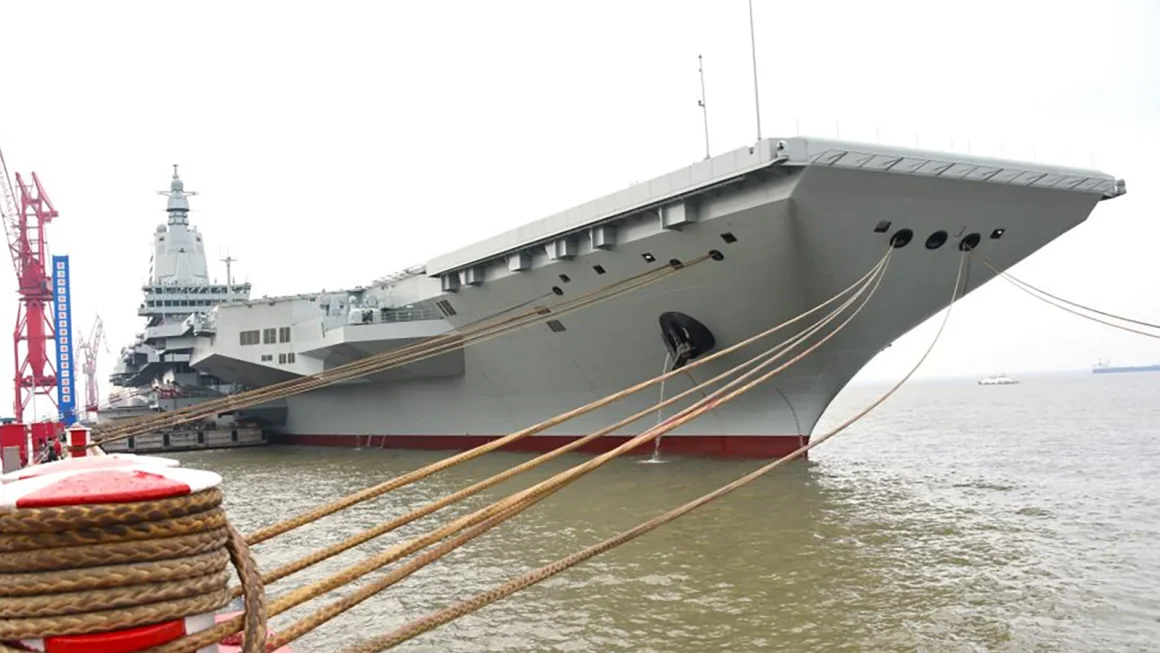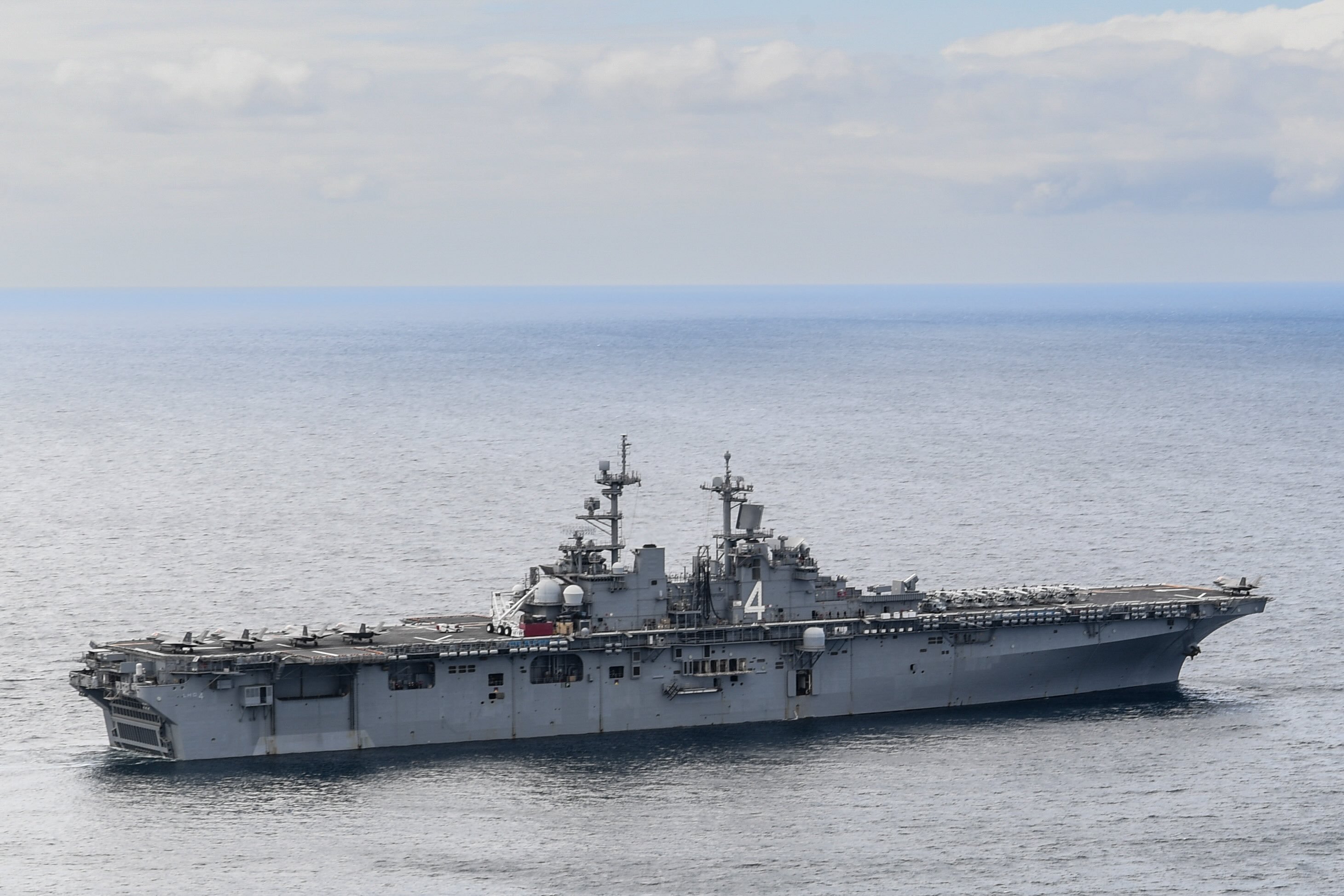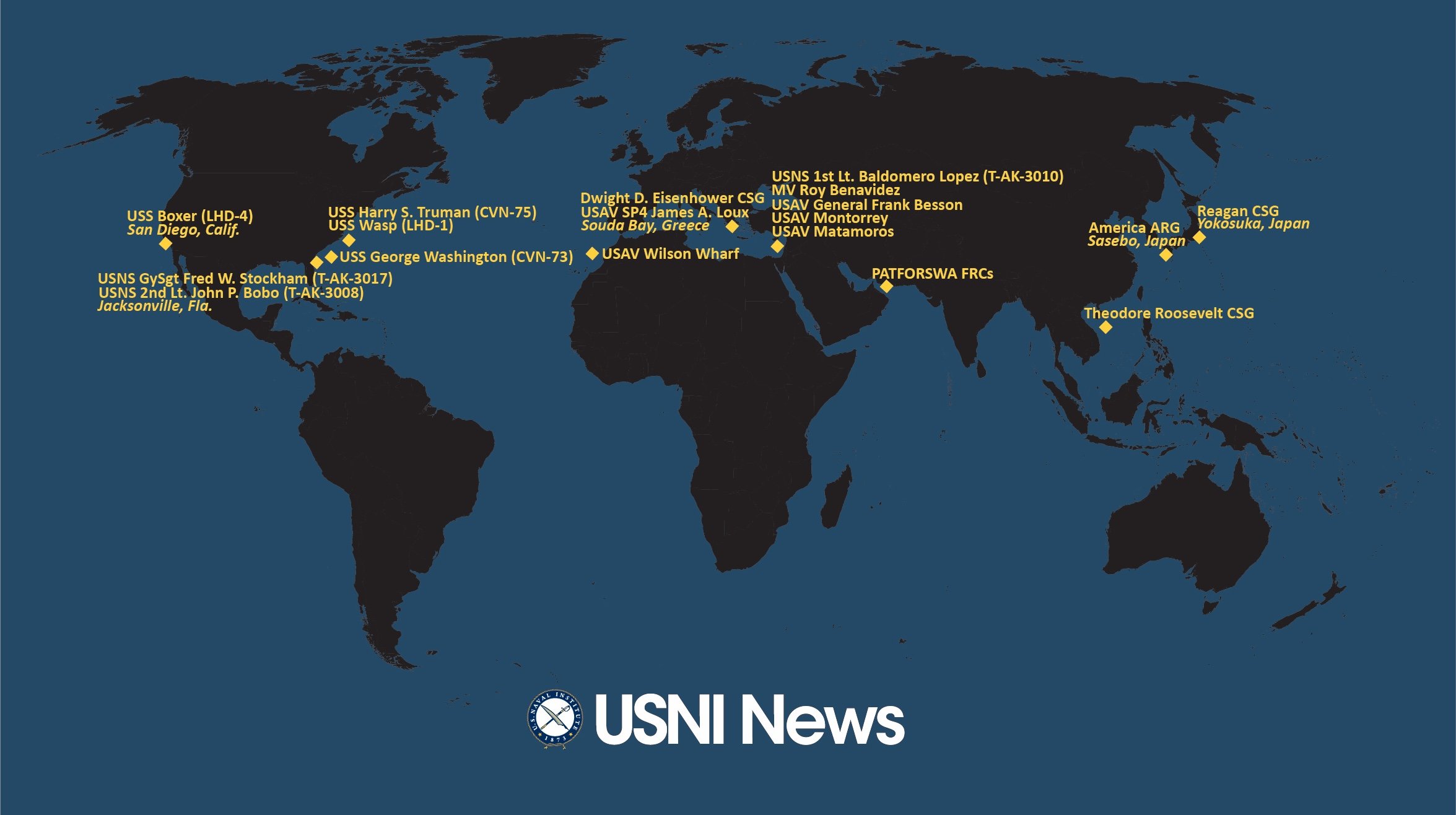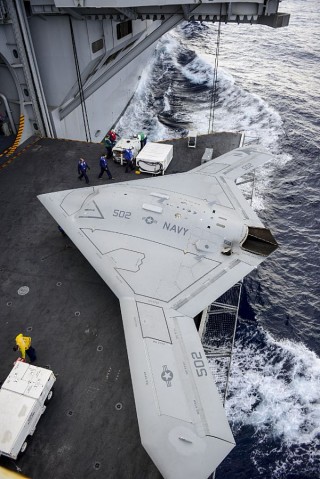
An April U.N. report calling for suspending the use deadly robotic weapon systems singled out two Navy systems, the Phalanx ship protection weapon system and the Navy’s test platform for carrier-based unmanned vehicles as part of a report recommending an international moratoria on so-called “lethal autonomous robotics.”
Report author Christof Heyns, a human rights professor at the University of Pretoria in South Africa, mentioned the Phalanx and the Unmanned Combat Air System Aircraft Carrier Demonstration (UCAS-D) X-47B as examples of weapon systems with at least some degree of autonomous operation.
Heyns concluded that LARs, “may be unacceptable because no adequate system of legal accountability can be devised, and because robots should not have the power of life and death over human beings.”
Other systems mentioned in the report included:
-The US Counter Rocket, Artillery and Mortar (C-RAM) system can automatically destroy incoming artillery, rockets and mortar rounds.
-Israel’s Harpy is a “Fire-and-Forget” autonomous weapon system designed to detect, attack and destroy radar emitters.
-The United Kingdom Taranis jet-propelled combat drone prototype can autonomously search, identify and locate enemies but can only engage with a target when authorized by mission command. It can also defend itself against enemy aircraft.
-The Samsung Techwin surveillance and security guard robots, deployed in the demilitarized zone between North and South Korea, detect targets through infrared sensors. They are currently operated by humans but have an “automatic mode”.
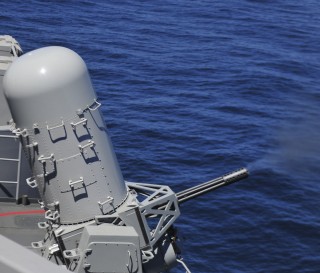
Phalanx, in operation since 1980, was developed to protect high dollar warships from the threat of anti-ship missiles following the 1970s development of the fighter-borne French Exocet missile.
The system pairs a 20 mm Gatling gun with a radar system that is designed to track an incoming missile. The Phalanx is designed to create a cloud of bullets to destroy the missile. Due to the speed of the missiles the system can target and fire with a degree of autonomy.
UCAS-D builds off of already existing autonomous technology that allows carrier aircraft to land at sea.
The demonstrator is prelude to the Unmanned Carrier Launched Airborne Surveillance and Strike System (UCLASS), an armed unmanned aerial vechie the Navy hopes to deploy by 2018.
Though armed, UCLASS is planned to deploy weapons at the direction of a human operator.


